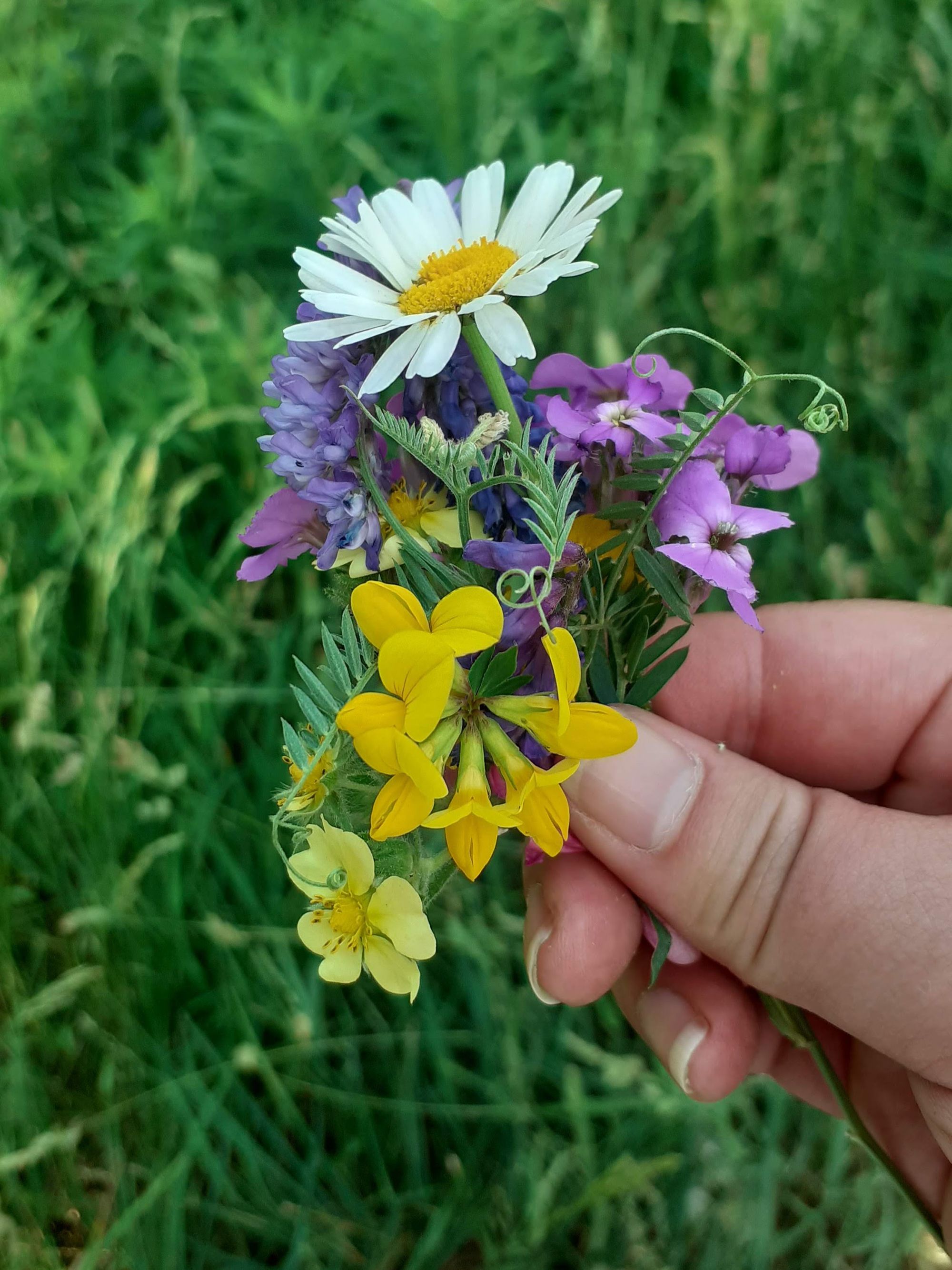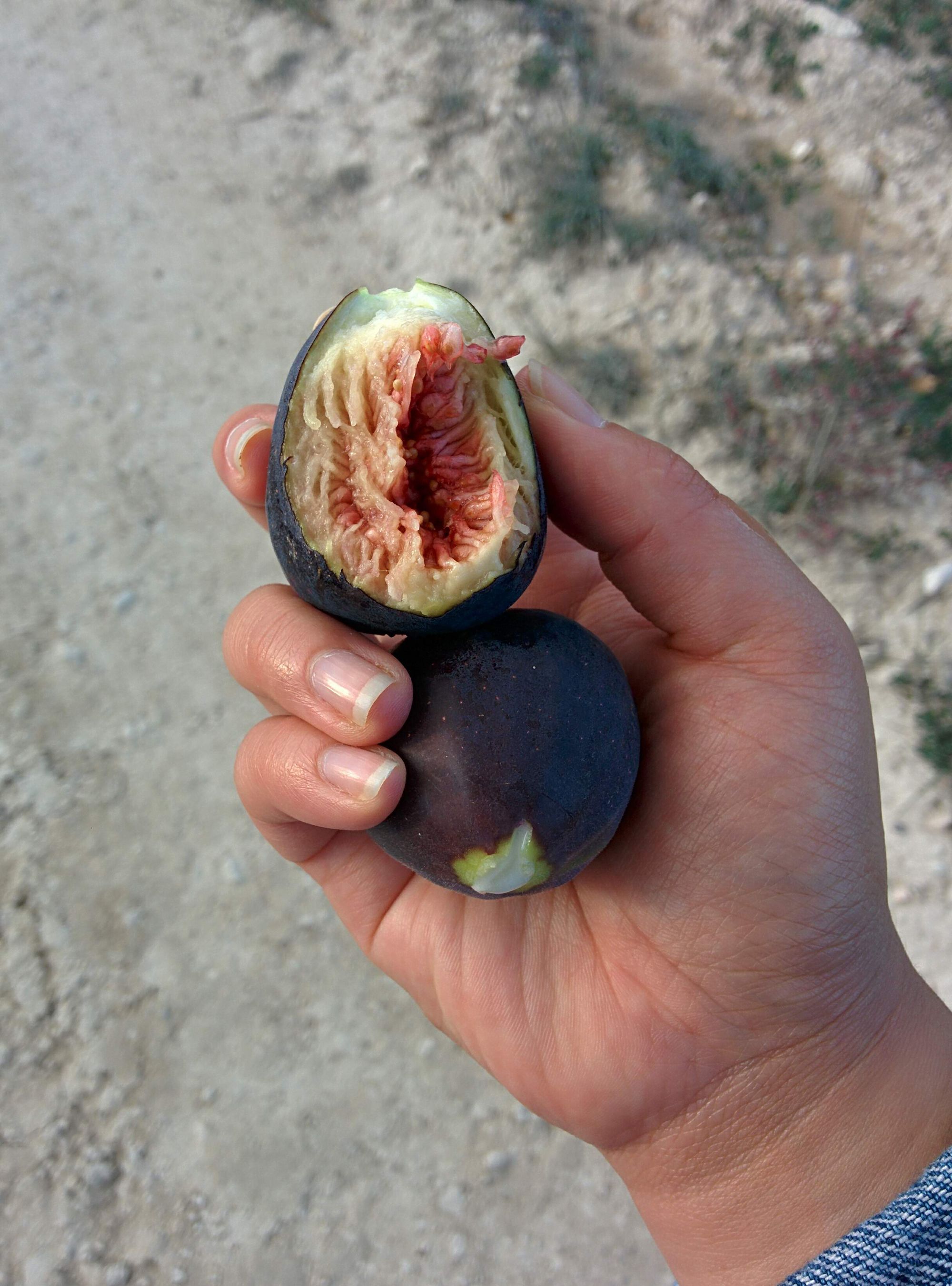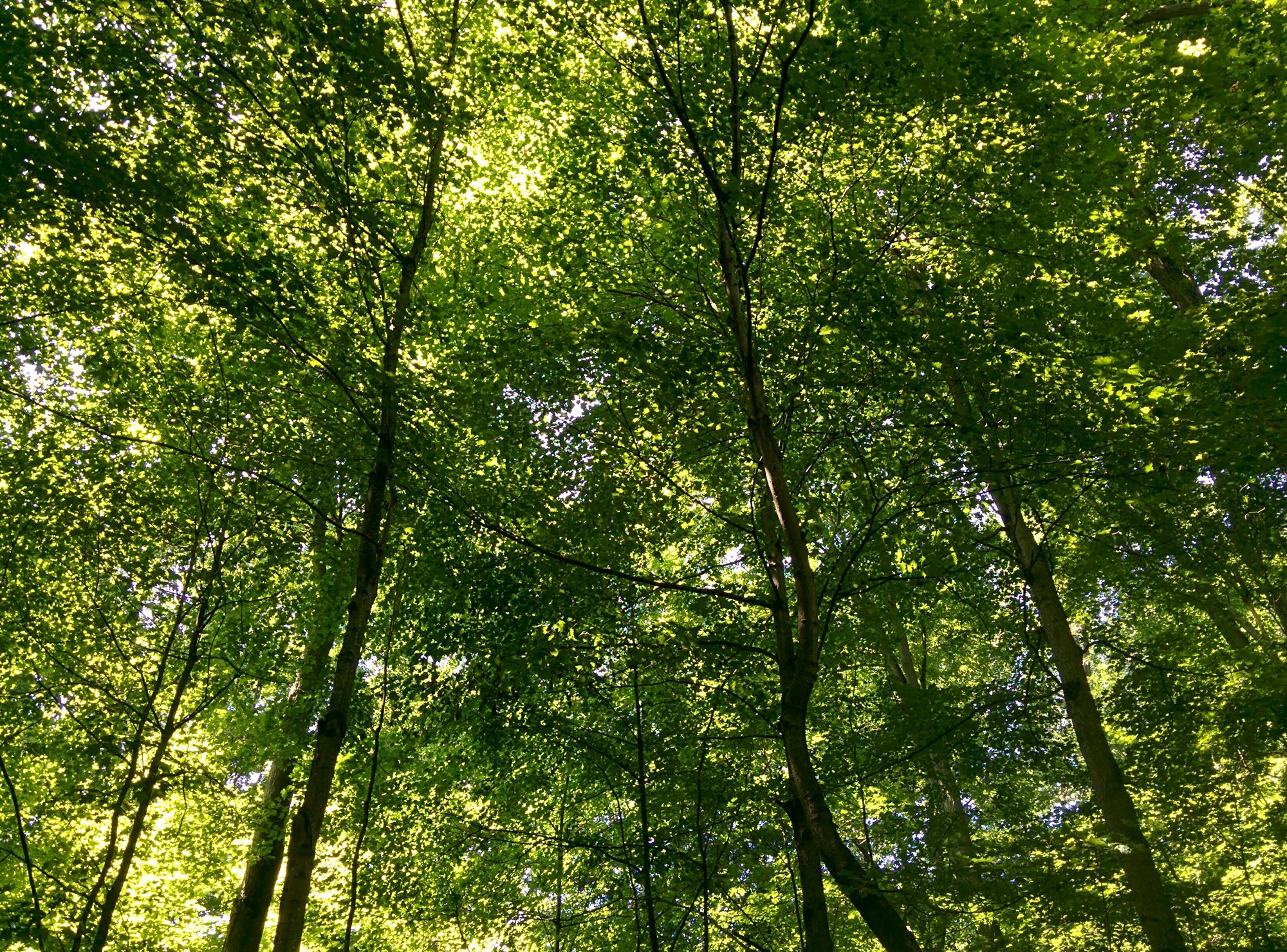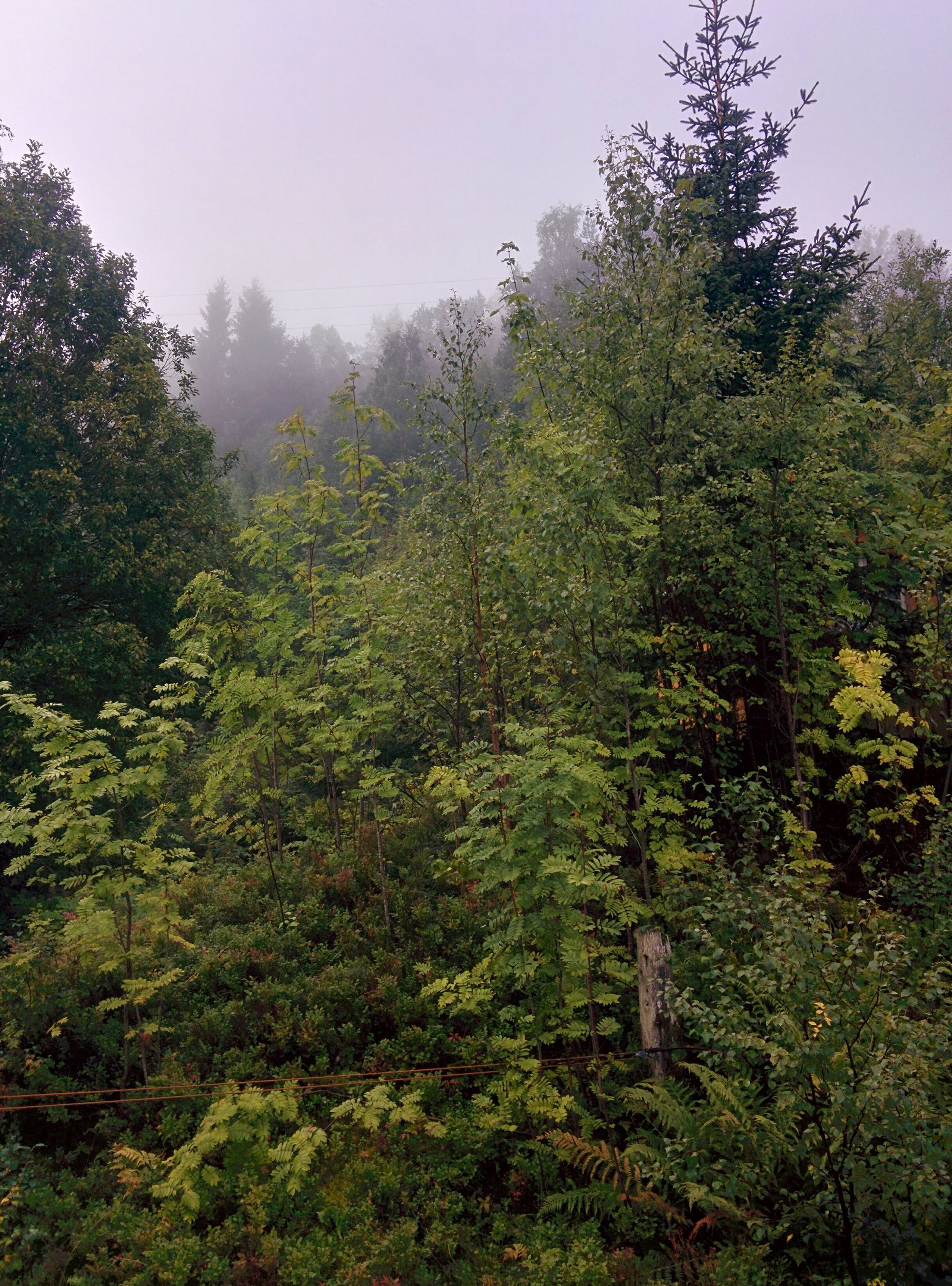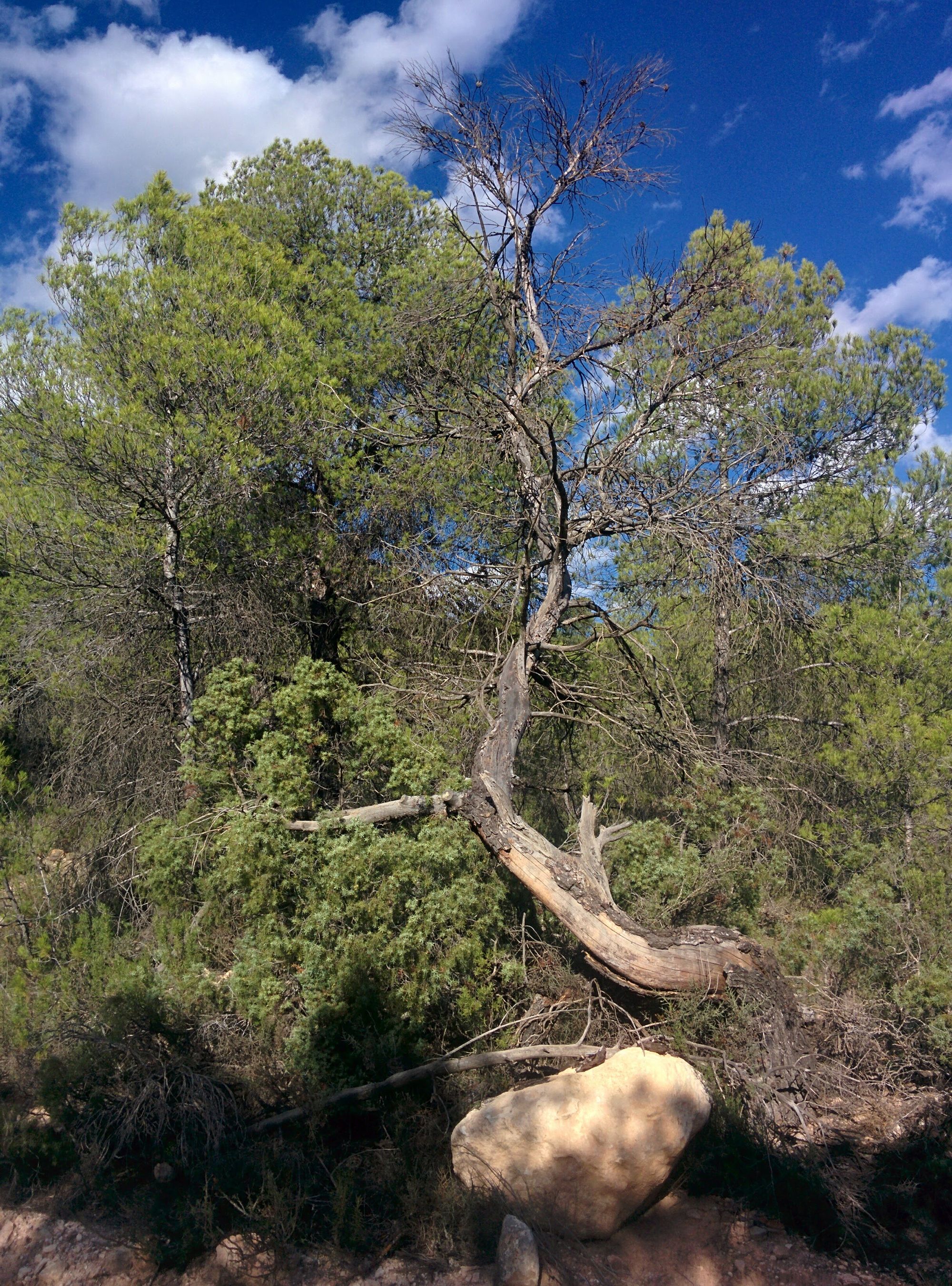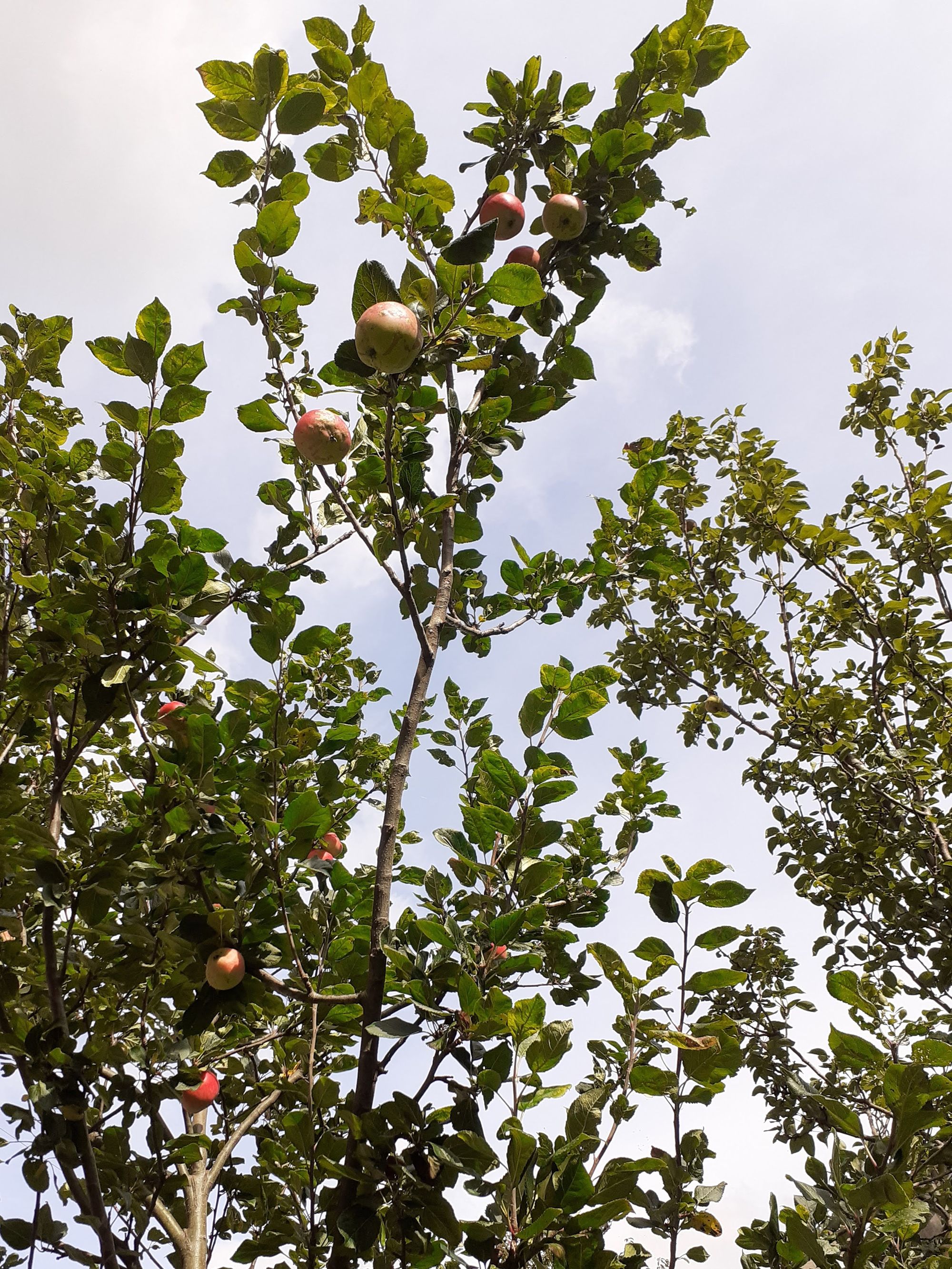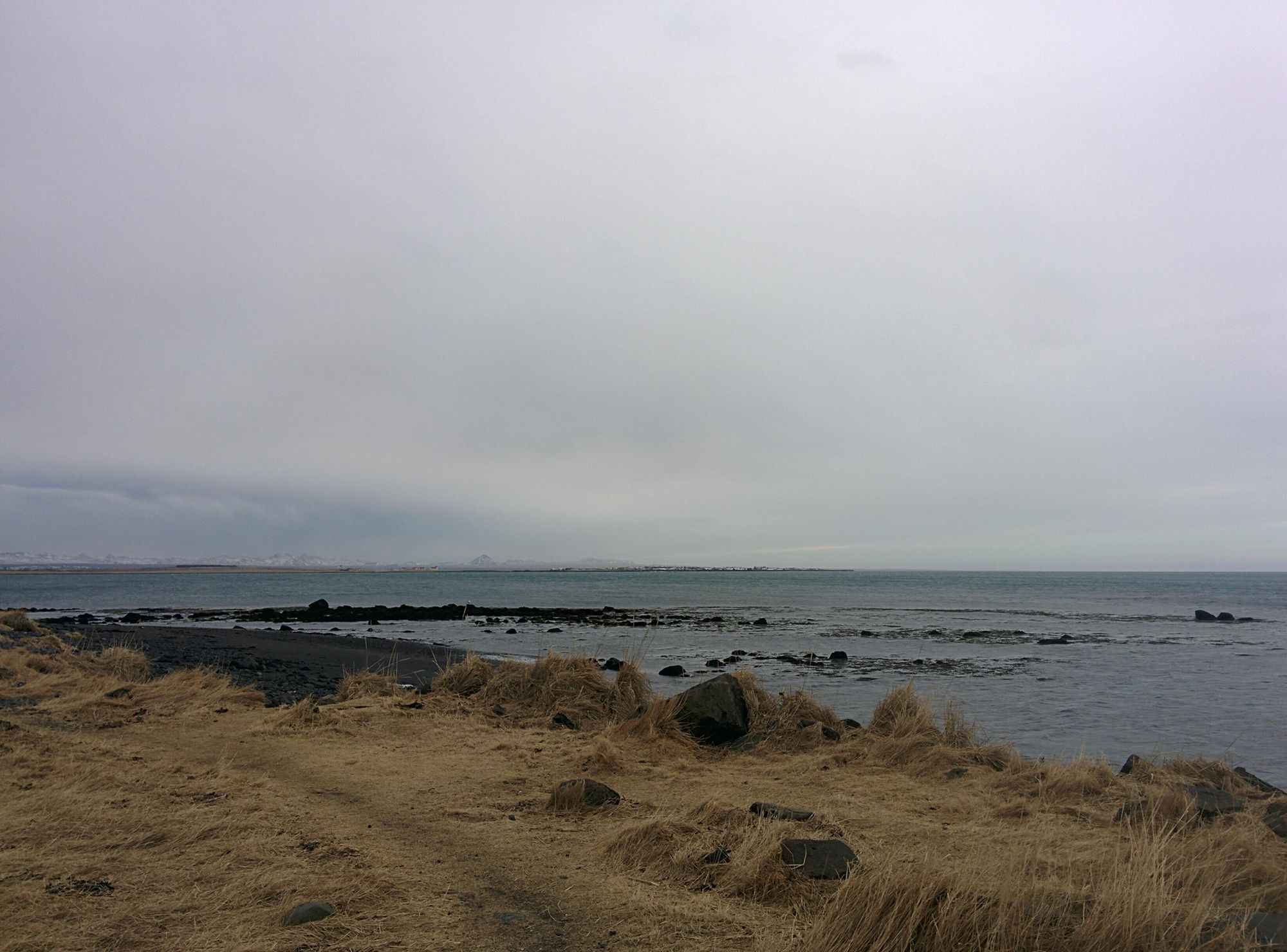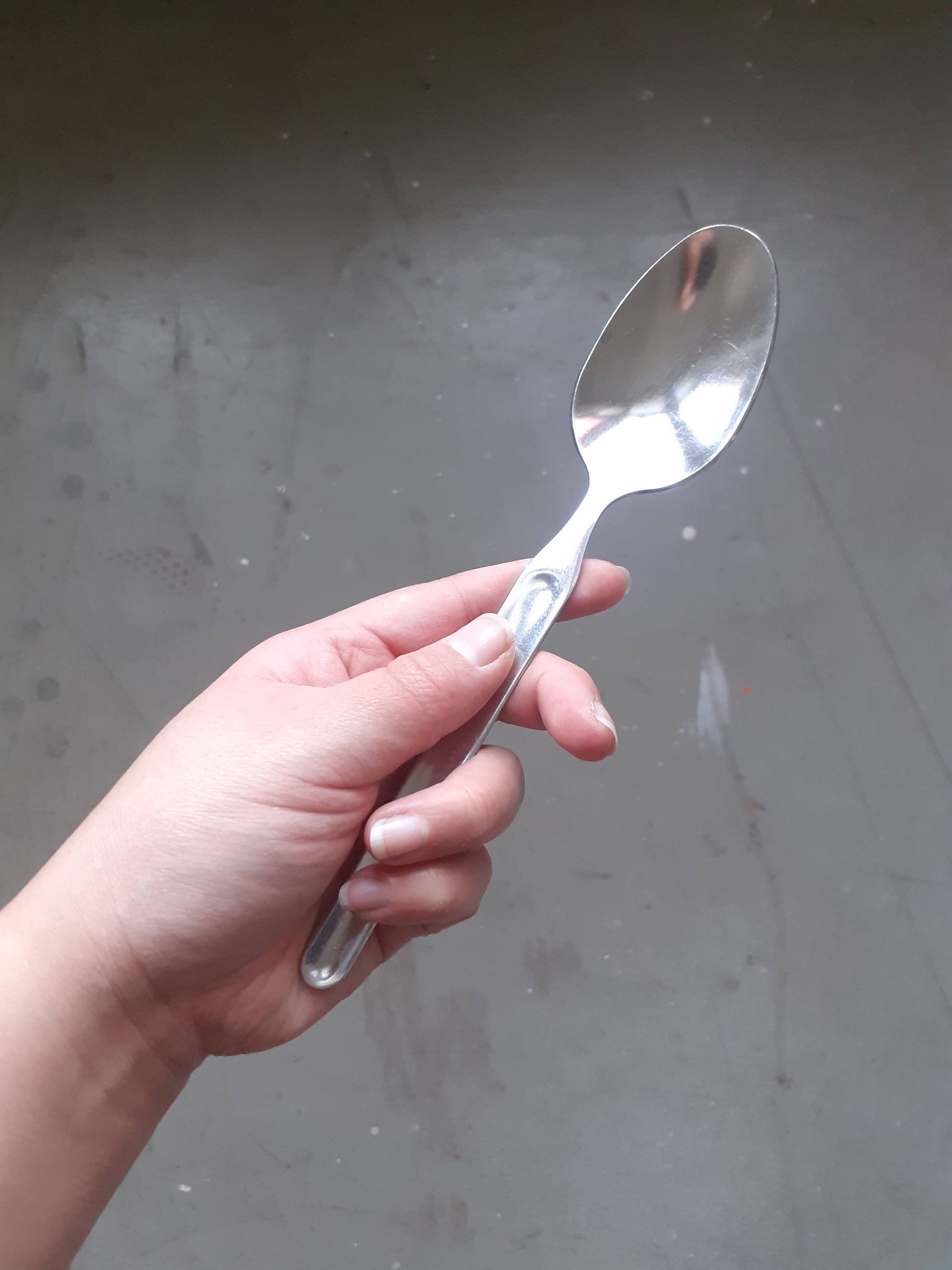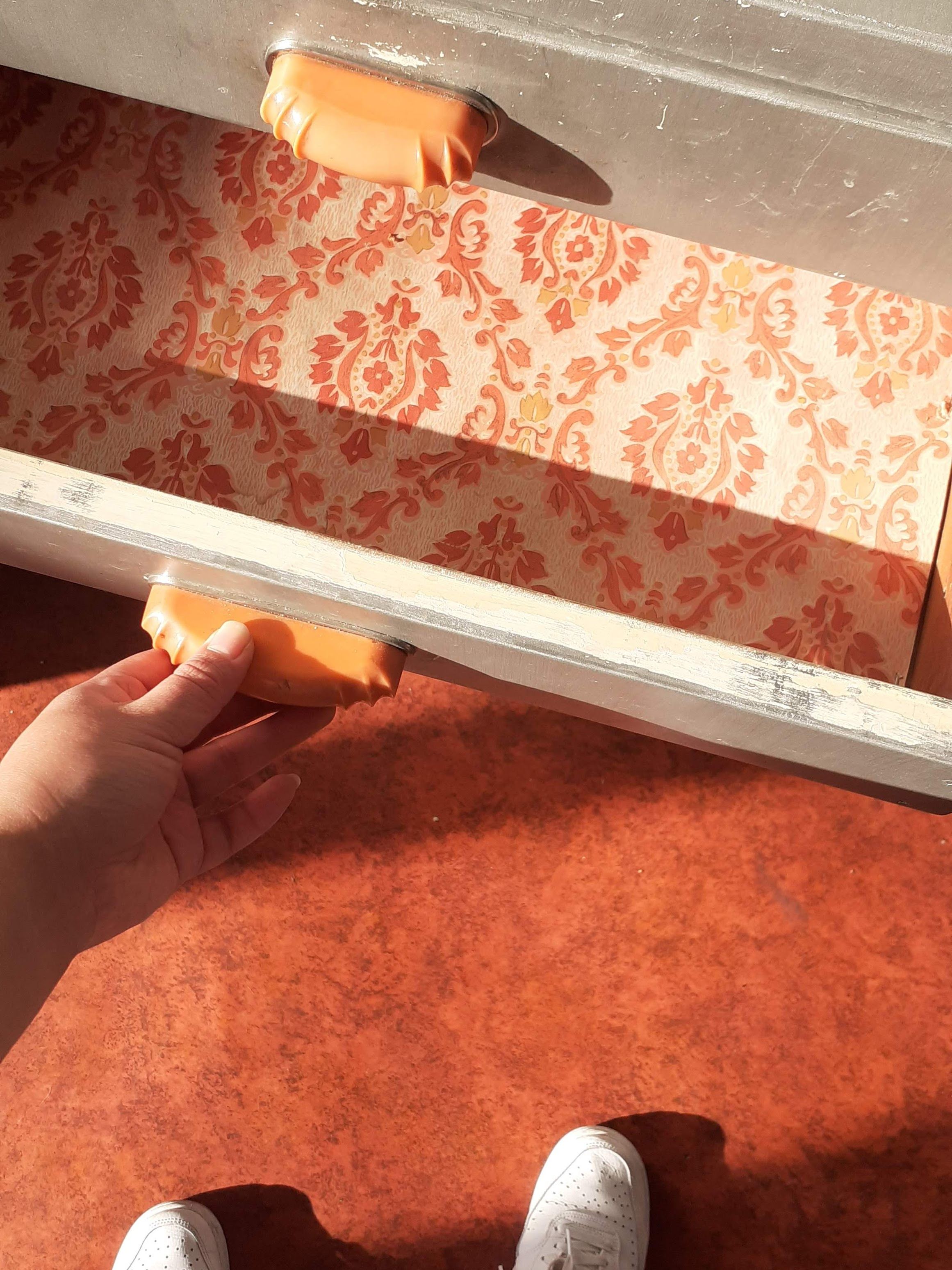You help me touch the sky
I was born on Earth Day, and I use any excuse I can to mention this because I’ve convinced myself over the years that this is the reason why I feel most at home when my body is in close proximity to trees.
Trees are keepers of space, patience and knowledge. They turn to the warmth of the sun, reminding me to take more time for stillness in order to grow. Malleable enough to move with the wind, continuously emphasizing that staying doesn’t mean staying still. They teach me to stand stronger while still being willing to bend, even selfishly, for my well being alone. They have the opportunity to grow. I’m made aware of my scale around trees, and when hiking through forests, I recognize that we’re stronger together than we are apart. I’m curious if trees ever wonder if they are worthy of space, or if they’re too occupied existing to be self-conscious. After all, they can thrive in abundance and without formal acknowledgement.
How often do we notice the earth that allows the trees to grow?
I frequently think of what it means to be in relation. To be in proximity. Seeing takes time, and knowing takes longer. To see each tree in the forest eventually extends to knowing every leaf, branch, knot, ring, root. What does it mean to be in relation to one another and ourselves? Perhaps we’re less unique than we like to think we are. Perhaps choosing to meet each other at our points of similarity is more generative than highlighting our differences.
How tender is it to feel growth from the palms of our hands to the soles of our feet?
Trees are, by nature, gatherers. And I’m drawn to them in every sense. I find refuge under the shade of an old tree with the company of a good book. I realized long ago that I fall deeply for books the way I fall deeply for trees, only, in turn, to recognize that one is born of the other, with book pages being a community in and of themselves. A tree transforms to words through the shift of wild forests to:
bark
to lumber
to pulp
to paper
to bound pages
to words.
I go towards trees for grounding. They centre me in my humanity through my senses in the most humbling way. I hold them and inhale, their green smell falling straight to my heartstrings in a way similar to the pheromones of a loved one, and it is unparalleled to any other scent. The wind rustling through their leaves is a language all on its own that I lack fluency in, but that rests so familiarly in my ear.
How lovely it is, to hear the quiet in growing spaces.


